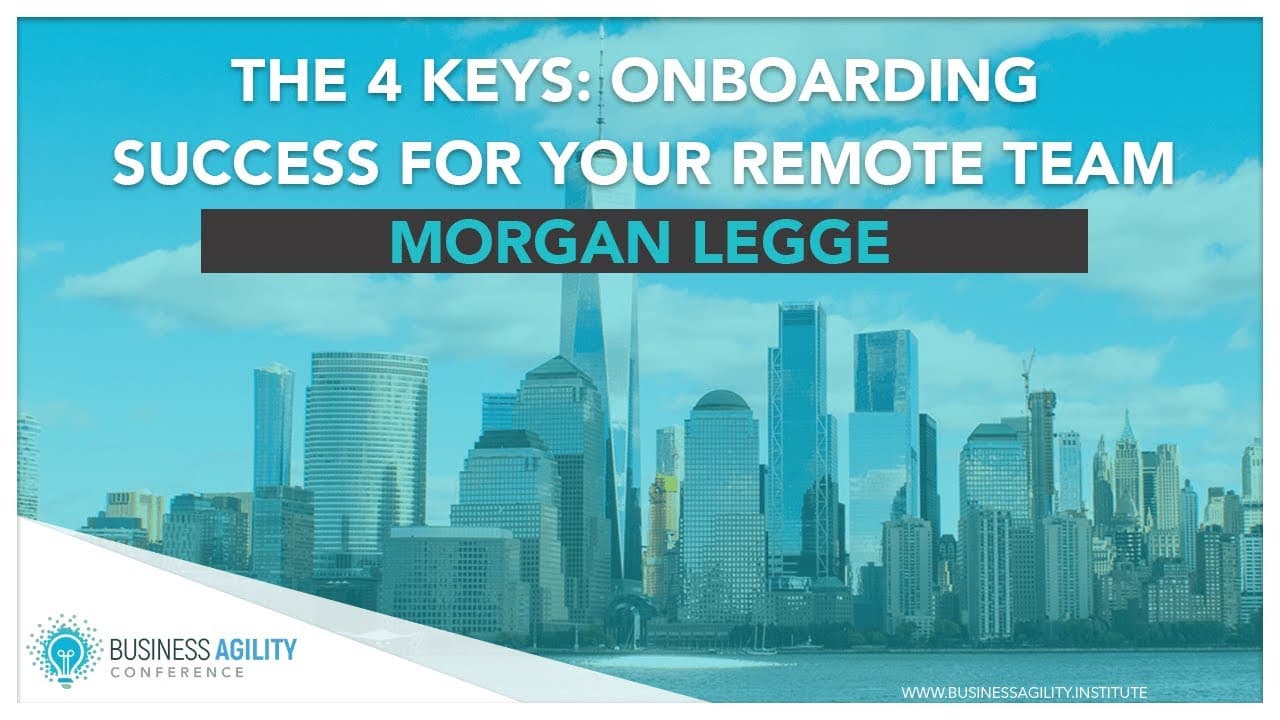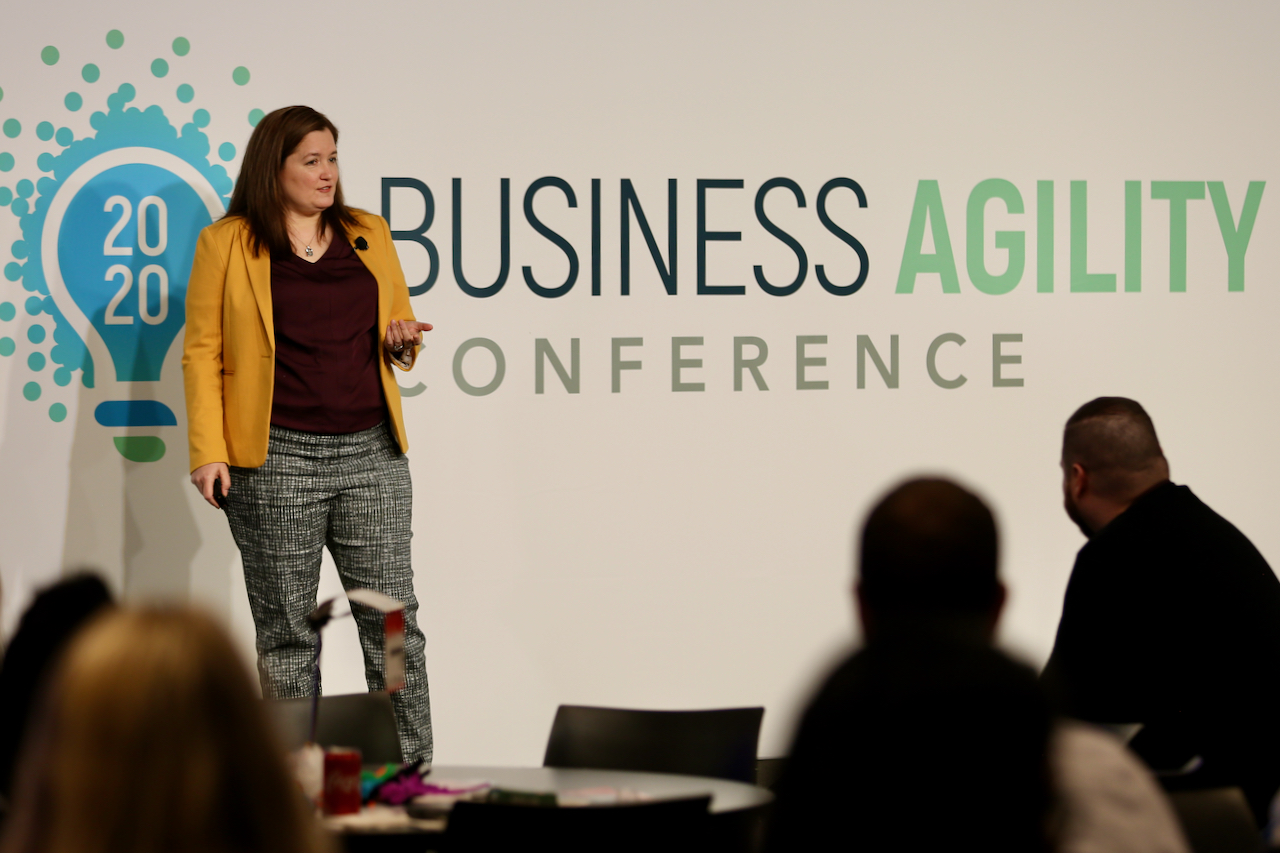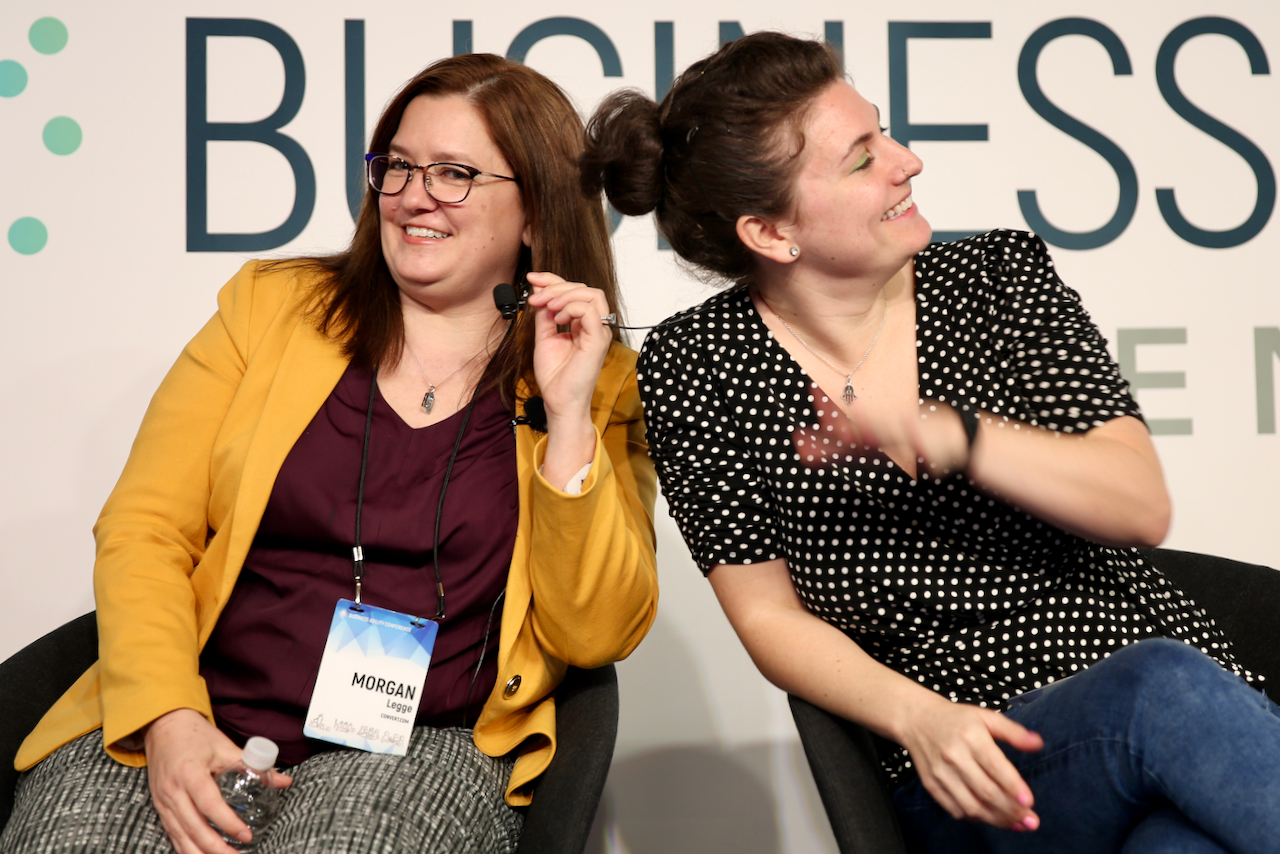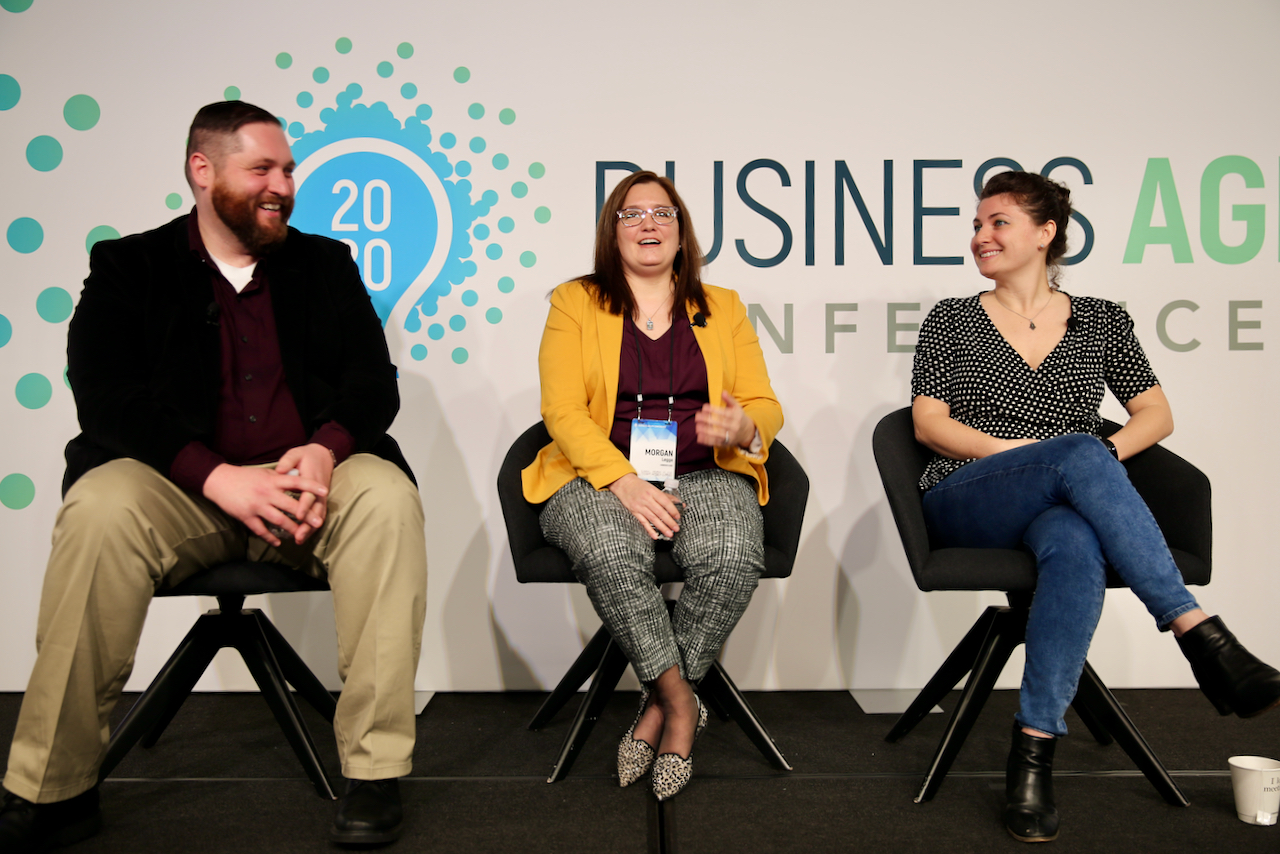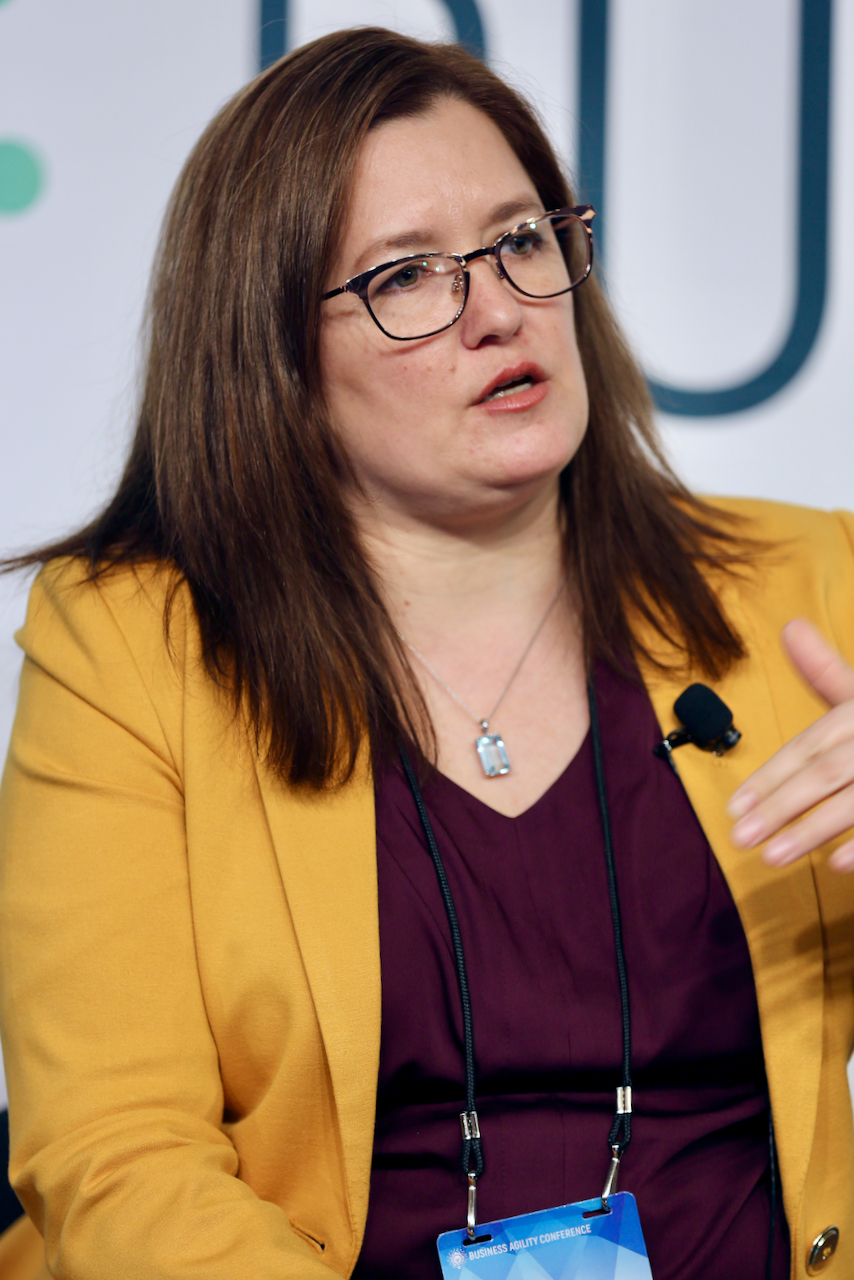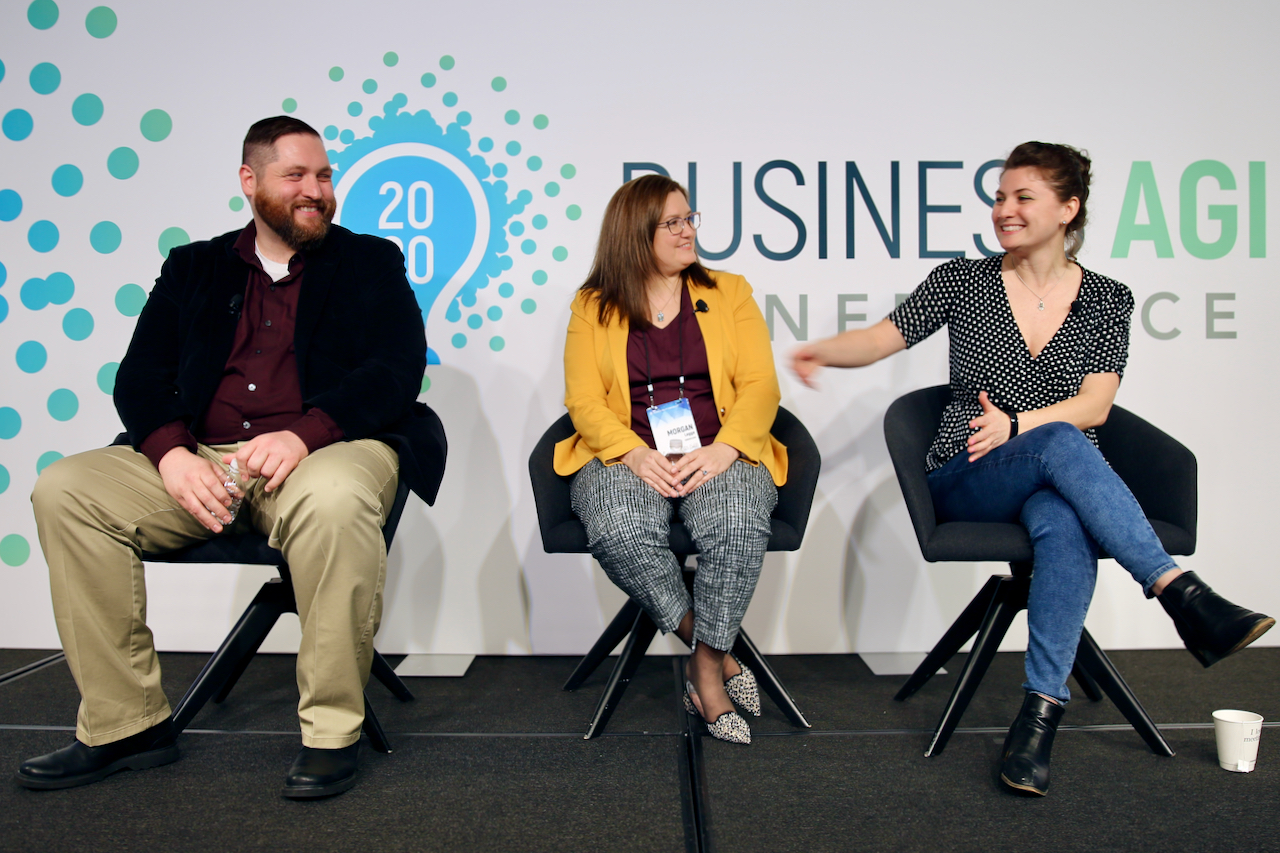Hi everyone! I have to say, I find it kind of ironic that I'm standing here as the Director of Operations for a 100% remote team, in a room full of people breathing the same air, talking about the four keys to success in onboarding your remote team.
Anyway, hello to the people who are listening and participating remotely—I feel very kindred with you right now!
Rethinking the Hiring Process
I have a question for you. If you were looking for a job, would you be willing to send me an audiophile telling me about a time you messed up and what you learned from it? Yeah, I figured some of you would. But in the outside world, that's not the case.
This is really a story about what I did at Convert (convert.com), a 100% remote team. As of March, we are in locations all around the world, with about 40 people. Things got interesting when I joined. Our turnover rate was 51%. Not a great metric. I came on board to lead organizational change, and what I quickly realized was that the way we were doing things was based on outdated, brick-and-mortar, face-to-face collaboration models.
Key #1: Leading with Values
When you think about hiring, the traditional approach is to define the need, determine the business case, set the budget, and then put the job posting out there. Then, we sort through a stack of applicants, hoping to find a good fit.
But I knew we needed to start with values. Our hiring process had to reflect the culture we wanted to build. At Convert, our core values are:
- Progress, not perfection
- Accountability
- Communication
- Transparency
These values had to be embedded into everything we did.
Key #2: Making the Hiring Process a Two-Way Street
We also needed to shift the burden of qualification to the applicant. From the start, our hiring process asks candidates to submit an audiophile answering a simple question: Tell us about a time you messed up and what you learned from it.
Along with this, we include:
- A video question
- Two written questions
- Some technical questions relevant to their field
And here’s the reality: 80% of people won’t even submit the first step. That’s perfect! It helps us filter out candidates who aren’t aligned with our culture.
Of those who do submit, 50% don’t make it through because they either lack self-reflection, a growth mindset, or strong communication skills. We have a very diverse team—only three of our employees are native English speakers—but clear communication is a must in a remote work environment.
Think about this: If you know your ideal hire needs certain qualities, what can you do at the start of the process to ensure you’re bringing in the right people?
Key #3: Going Niche
It’s tempting to create a long list of job requirements and search for the “perfect” candidate. But that person doesn’t exist.
Instead, we took a page out of the marketing playbook and defined our ideal candidate persona. Who do we want sitting at our virtual table? Who do we want implementing projects with us?
Here’s an example from our job posting:
“Displaying initiative. Owning your mistakes because you know you’ll do better next time.”
And here’s another unique thing we do: We let people choose their own names. I personally hate that ATMs always greet me by the wrong name. So at Convert, we respect what you want to be called, not what’s on your legal documentation.
When it comes to sourcing talent, we stopped posting jobs on expensive job boards that get spammed across the internet. Instead, we go where our candidates actually hang out: Stack Overflow, GitHub, Slack communities, and niche groups.
Think about the persona of the person who will be sitting across from your team in a retrospective. Where do they hang out? Go there.
Key #4: Building Connections and Creating a Tribe
Hiring and onboarding often feel transactional—like an interrogation, rather than a relationship. It’s frustrating.
How many of you have been ghosted after applying for a job? Yeah, I don’t believe only one of you. I’m going with 80%.
We need to treat applicants as customers. They are giving us their talent, their ideas, and their energy. We should give them the same level of care.
Here’s a quote from a current team member who was recruited through a Facebook group:
“The person who recruited me said, ‘It’s not my company, but it feels that way.’ I loved the human touch throughout the hiring process.”
Even candidates who don’t get hired become advocates for our brand. That’s why Convert is now well known in the remote work and SaaS world—it’s because of the high-touch, human approach we take.
Creating a Remote Work Culture
When someone joins our team, we don’t just add them to Slack and move on. Instead, they are greeted with video messages from team members around the world.
Why? Because remote work can feel anonymous. You don’t hear people’s voices, see their expressions, or sense their energy. This simple act of using video makes a huge difference in making people feel welcome and engaged.
The Results
So, what happened after we changed our hiring and onboarding approach?
- 95% retention rate—people stay because they love working here.
- 60% year-over-year growth—our approach to talent has fueled our success.
- We are now a leader in A/B testing and personalization tools.
All of this happened because we put our values first, created a rigorous but rewarding hiring process, went niche in our recruiting, and treated applicants like real people.
Final Thoughts
If you’d like to connect, I have some downloads and PDFs available. Feel free to reach out to me on LinkedIn—I’d love to brainstorm with you on hiring and onboarding challenges.
Thank you!

